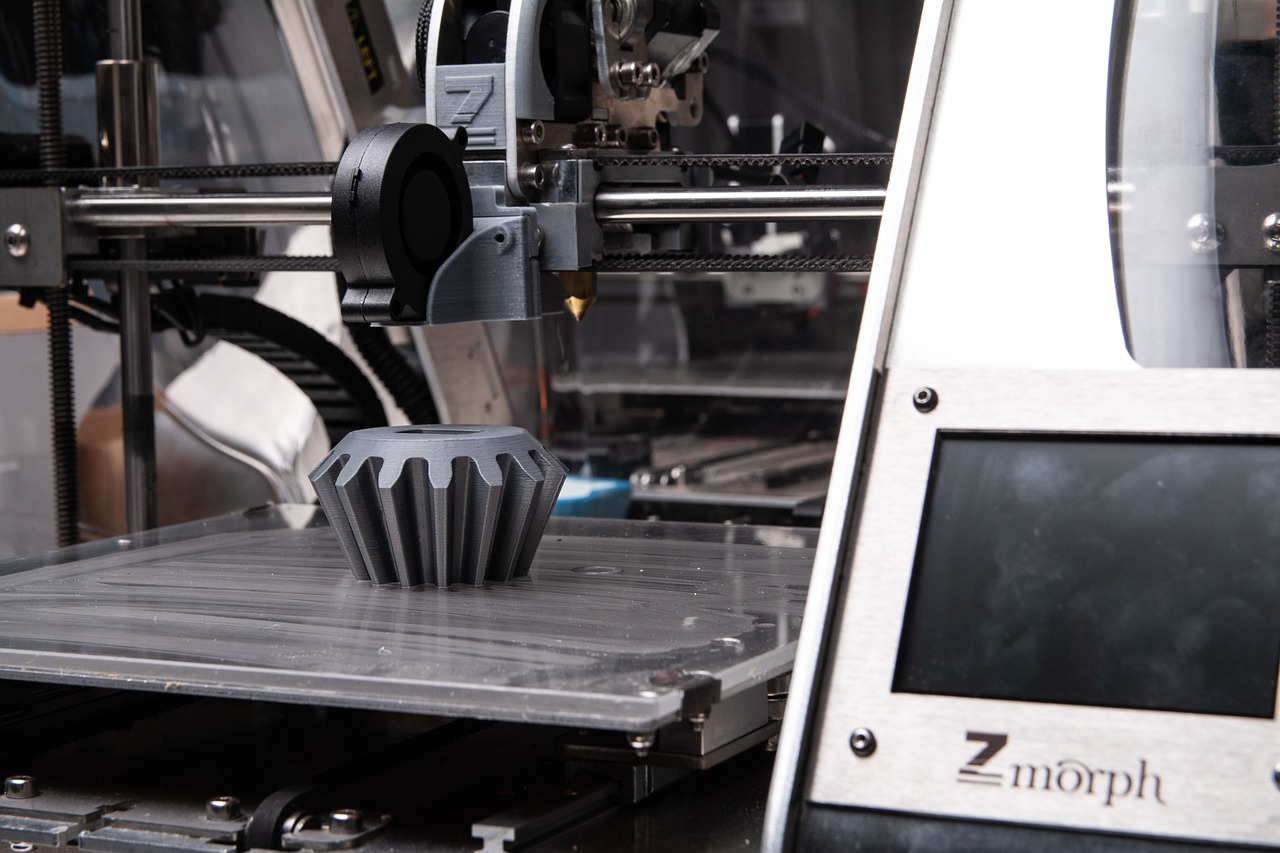
3D printing has transformed various industries and revolutionized the way we manufacture products. From aerospace and automotive to healthcare and fashion, the applications of 3D printing are limitless. As technology continues to evolve, the future of 3D printing looks promising, with exciting advancements on the horizon.
One of the key factors driving the future of 3D printing is the development of new materials. Currently, most 3D printers use plastic filament, but there is a growing demand for more advanced materials. Researchers are working on creating printable materials that exhibit superior strength, flexibility, conductivity, and even self-healing properties.
Metal 3D printing is also gaining traction. While metal printers exist today, they are expensive and limited in their capabilities. As technology progresses, we can expect more affordable and efficient metal 3D printers, which will open up new possibilities for industries such as aerospace and automotive.
Bioprinting, the process of 3D printing living tissues, has the potential to revolutionize healthcare. It could enable the creation of organs for transplantation, personalized drug testing, and the development of more realistic models for medical training and research.
Scientists have already successfully printed simple tissues like skin and blood vessels. As bioprinting technology advances, we can look forward to more complex organs being printed, such as kidneys and hearts. This breakthrough could address the global organ shortage crisis and significantly improve patient outcomes.
Traditional manufacturing methods often struggle with producing personalized or customized products. 3D printing, on the other hand, thrives in customization. As the technology becomes more accessible, we can expect mass customization to become increasingly prevalent.
Consumers will be able to customize products such as clothing, furniture, and even cars, with designs specifically tailored to their preferences. This will disrupt traditional supply chains and manufacturing processes, allowing for greater customer satisfaction and reduced waste.
Current 3D printing technology is not known for its speed or efficiency. However, ongoing research and development efforts aim to address these limitations. Experts anticipate that future advancements will lead to faster printing speeds and improved efficiency in terms of material usage.
With increased speed and efficiency, 3D printing can become a viable alternative to traditional manufacturing processes for large-scale production. This would have drastic implications for industries that heavily rely on mass production, such as consumer goods and electronics.
Artificial intelligence (AI) and robotics have reshaped various industries, and their integration with 3D printing holds immense potential. AI algorithms can optimize designs for better performance, minimize material usage, and reduce production time.
Robotic systems can automate the entire 3D printing process, from loading the printer with materials to post-processing and quality control. This would eliminate the need for human intervention, making the production process more efficient and cost-effective.
3D printing has already made its mark in space exploration, with NASA successfully printing tools and parts on the International Space Station. The future of 3D printing in space is exciting, as it could enable astronauts to manufacture essential equipment and spare parts on-demand, reducing the need for costly resupply missions.
The ability to 3D print structures using resources found on other celestial bodies, such as the moon or Mars, opens up possibilities for long-term space colonization. It would significantly reduce the cost and logistical challenges associated with transporting materials from Earth.
The future of 3D printing is full of possibilities and promises to reshape various industries. From enhanced materials to bioprinting and mass customization, advancements in technology are paving the way for a new era of manufacturing. As we continue to unlock the potential of 3D printing, its impact on our daily lives will only increase.